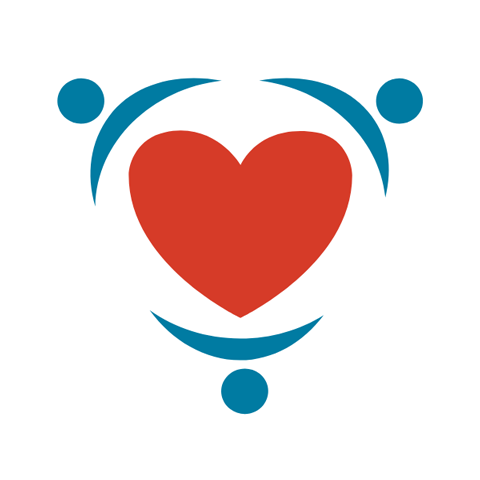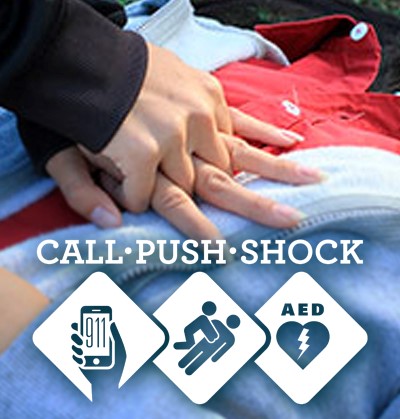
Data reported in the American Heart Association’s Heart & Stroke Statistics - 2020 Update published today show heart disease and stroke deaths continue to decline, but that trend has slowed significantly in recent years. Meanwhile, sudden cardiac arrest continues to be a major public health crisis.
There are more than 356,000 out-of-hospital cardiac arrests (OHCA) annually in the U.S., nearly 90% of them fatal, according to the report. The incidence of EMS-assessed non-traumatic OHCA in people of any age is estimated to be 356,461, or nearly 1,000 people each day. Survival to hospital discharge after EMS-treated cardiac arrest languishes at about 10%.
There are a number of ongoing challenges to understanding the epidemiology of cardiac arrest in the U.S. Despite being a leading cause of death, there are currently no nationwide standards for surveillance to monitor the incidence and outcomes of cardiac arrest. Thus, registries and clinical trials are used to provide best estimates. These sources include the Resuscitation Outcomes Consortium (ROC), 2005-2015, and the ongoing Cardiac Arrest Registry to Enhance Survival (CARES).
Following are selected highlights from the 2020 update.
Incidence of EMS-assessed OHCA
| Age | Incidence | |
|---|---|---|
| All Ages | 356,361 | |
| Adults | 347,322 | |
| Children | 7,037 |
Adults
- Estimates suggest the incidence of OHCA among adults in the U.S. is 347,322.
- The location of OHCA in adults is most often a home or residence (69.8%), a public setting (18.8%), or a nursing home (11.5%).
- OHCA was witnessed by a layperson in 37.7% of cases or by an EMS provider in 12.7% of cases. For 49.6% of cases, OHCA is not witnessed.
- Survival to hospital discharge after EMS-treated cardiac arrest was 10.4% and survival with good functional status was 8.2% (CARES, 2018)
- Survival to hospital discharge varied between regions of the U.S., with higher survival rates in the Midwest and South.
- Females with OHCA are older, less likely to present with shockable rhythms, and less likely to collapse in public. Despite these factors that would reduce survival, females have equivalent or higher rates of survival to hospital discharge or to 30 days relative to males.
Children
- Estimates suggest the incidence of EMS-assessed OHCA among children (<18 years of age) in the U.S. is 7,037. (ROC, 2016)
- The location of EMS-treated OHCA was at home for 92.1% of children <1-year old, 81.2% of children 1-12 years old, and 75.7% for children 13-18 years old (CARES, 2018) data. The location was a public place for 7.8% of children <1-year old, 18.8% of children 1 to 12 years old, and 23.1% of children 13-18 years old.
- Survival to hospital discharge was 13.2% among children (ROC, 2016)
- Survival to hospital discharge was 6.7% for children <1-year old, 16.2% for children 1-12 years of age, 19.2 for children 13-18 years of age (CARES, 2018)
Sports-related SCA/SCD
- Sports-related SCA accounted for 39% of SCAs among those <18 years of age, 13% for those 19-25 years of age, and 7% for those 25-34 years of age.
- In a population-based registry of EMS responses for SCA from 2009-2014, 43.8% of athletes with SCA survived to hospital discharge.
- Two deaths were reported among 1.5 million participants in half- or full-marathons in Sweden from 2007-2016, yielding an estimated incidence of 0.24 per 100,000 runners.
-
Pre-participation screening of 5,169 middle and high-school students from 2010-2017 revealed high-risk cardiovascular conditions in 1.47%.
Complications
- Survivors of cardiac arrest experience multiple medical problems including impaired consciousness and cognitive deficits. As many as 18% of OHCA survivors have moderate to severe functional impairment at hospital discharge.
- Functional recovery continues over at least the first 12 months after OHCA in children and over the first six to 12 months after OHCA in adults.
- Among 195 family caregivers of cardiac arrest survivors, anxiety was present in 33 caregivers (25%) and depression in 18 caregivers (14%) at 12 months.
Healthcare utilization and cost
- The estimated societal burden of SCD in the U.S. was 2 million years of potential life lost for males and 1.3 million potential life lost for females, accounting for 40-50% of the years of potential life lost from all cardiac diseases.
- Among males, estimated deaths attributed to SCD exceeded all other individual causes of death, including lung cancer, accidents, chronic lower respiratory disease, cerebrovascular disease, diabetes mellitus, prostate cancer, and colorectal cancer.
Awareness and treatment
- The median annual CPR training rate for U.S. counties was 2.39%, based on data from the AHA, American Red Cross, and the Health & Safety Institute, the largest providers of CPR training in the U.S. Training rates were lower in rural areas, areas with high proportions of black or Hispanic residents, and counties with lower median household incomes.
- The prevalence of reported current CPR training in the U.S. is 18% and the prevalence of having CPR training at some point was 65% (survey of 9,000 in 2015).
- Laypersons in the U.S. initiated CPR in 39.2% of OHCA. Laypersons used AEDs in 7.3% of cases and delivered a shock in 1.7% of cases (CARES, 2018).
Compiled by Mary Newman, Sudden Cardiac Arrest Foundation
